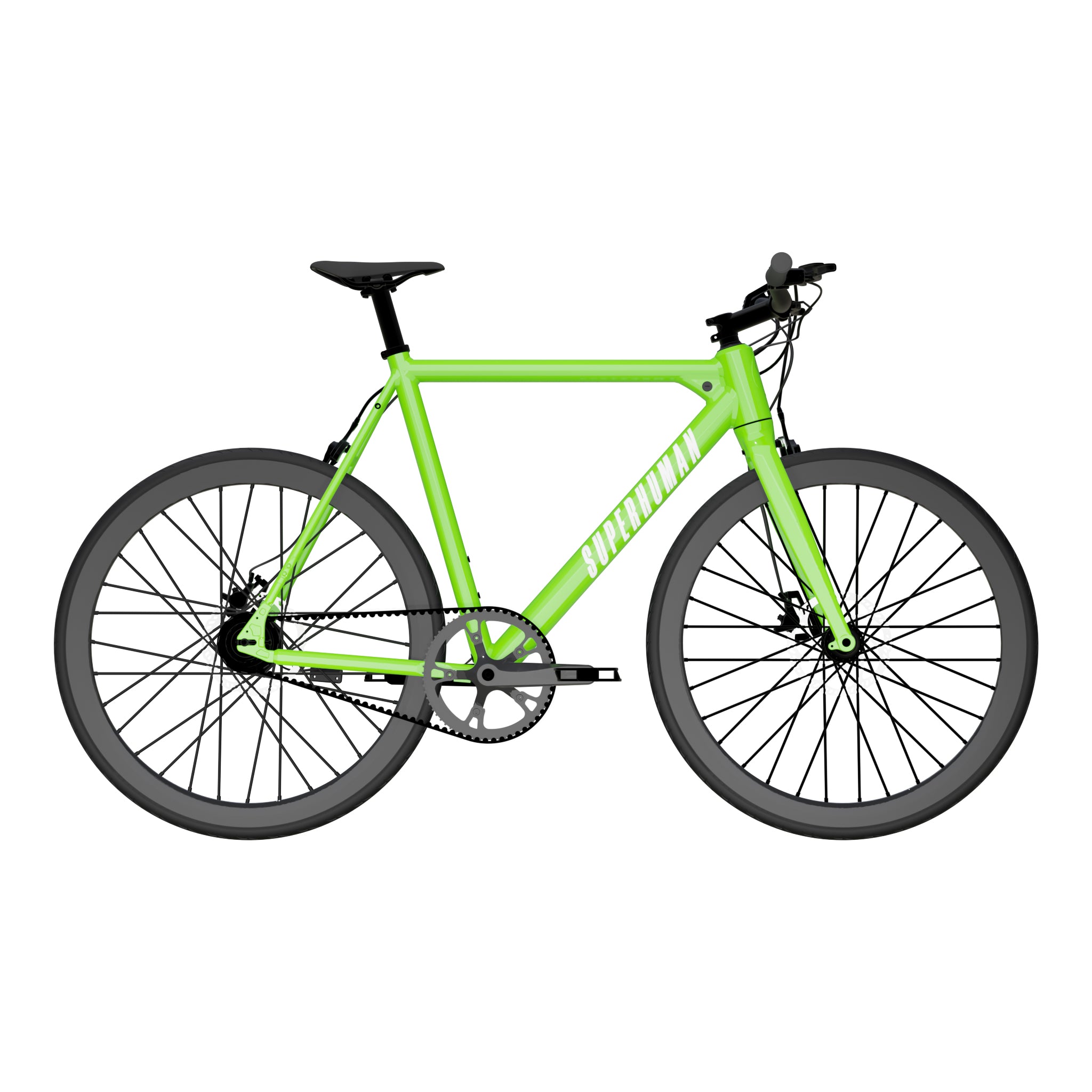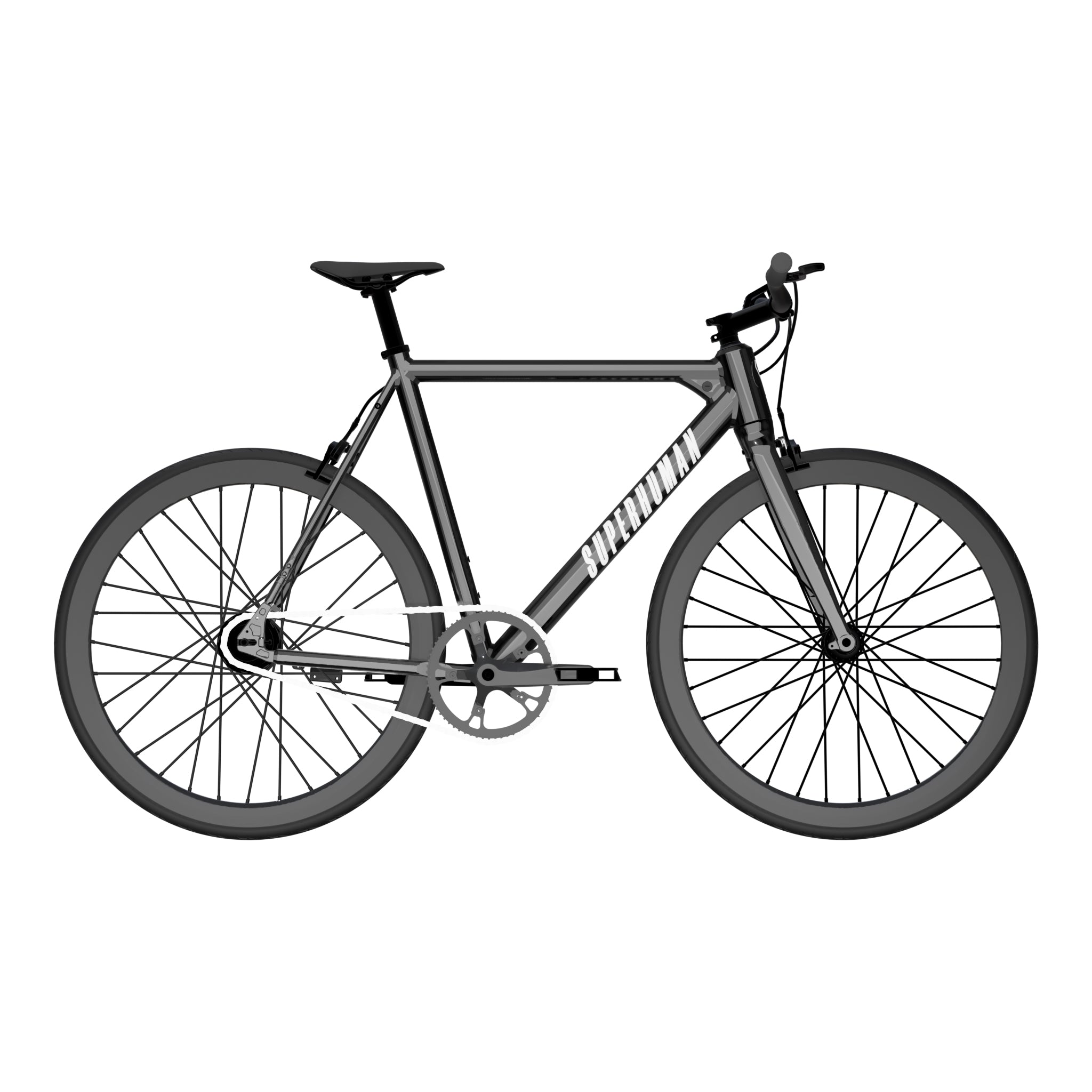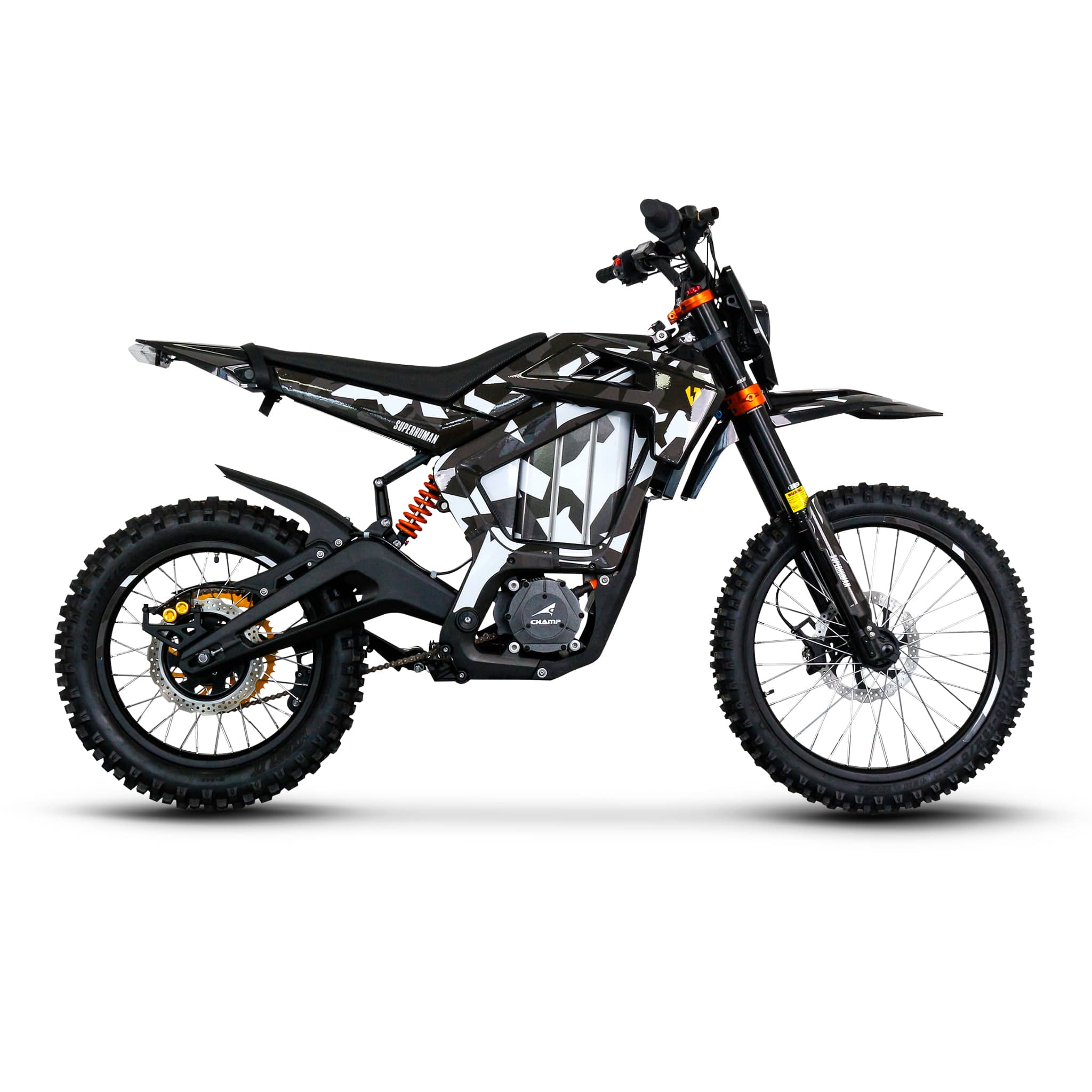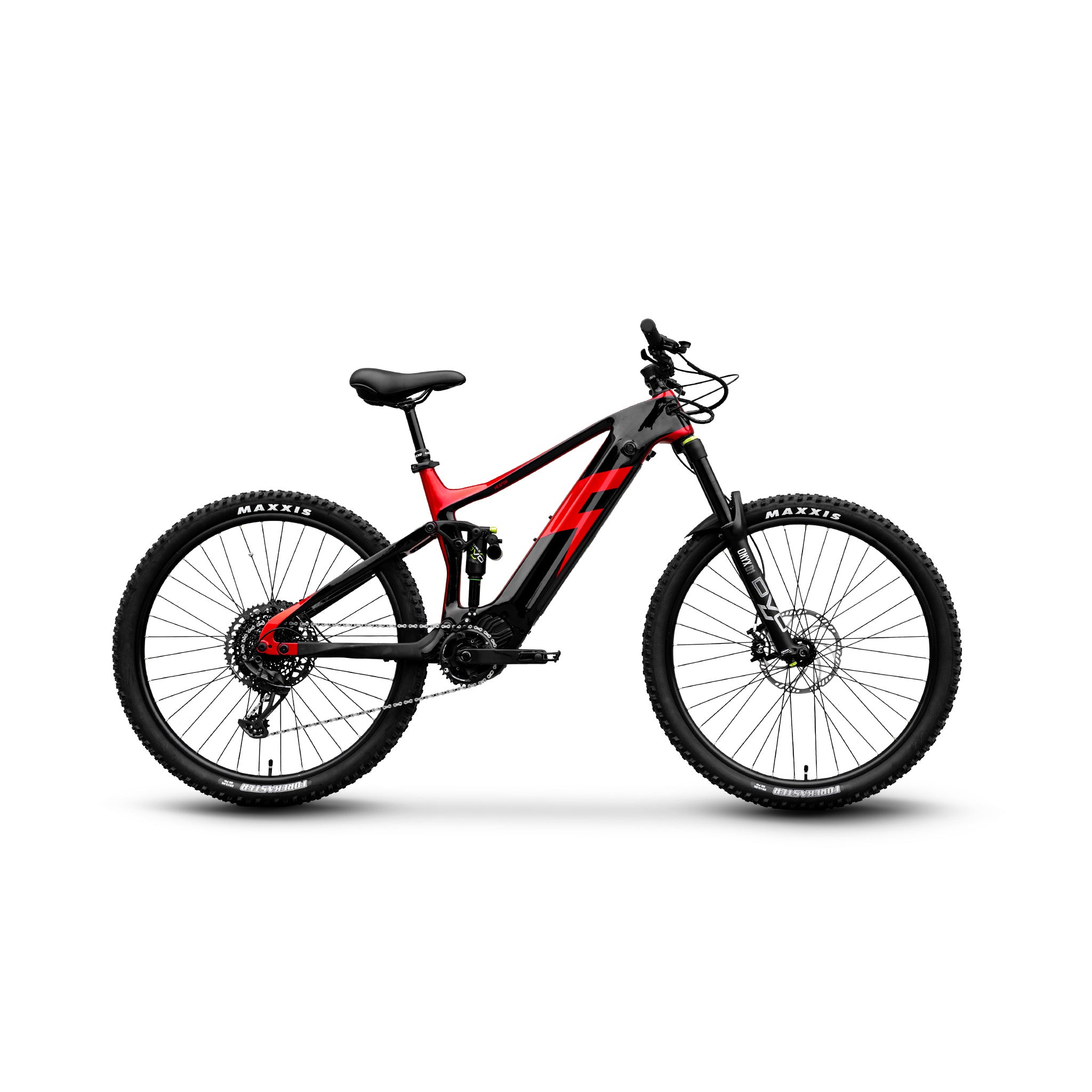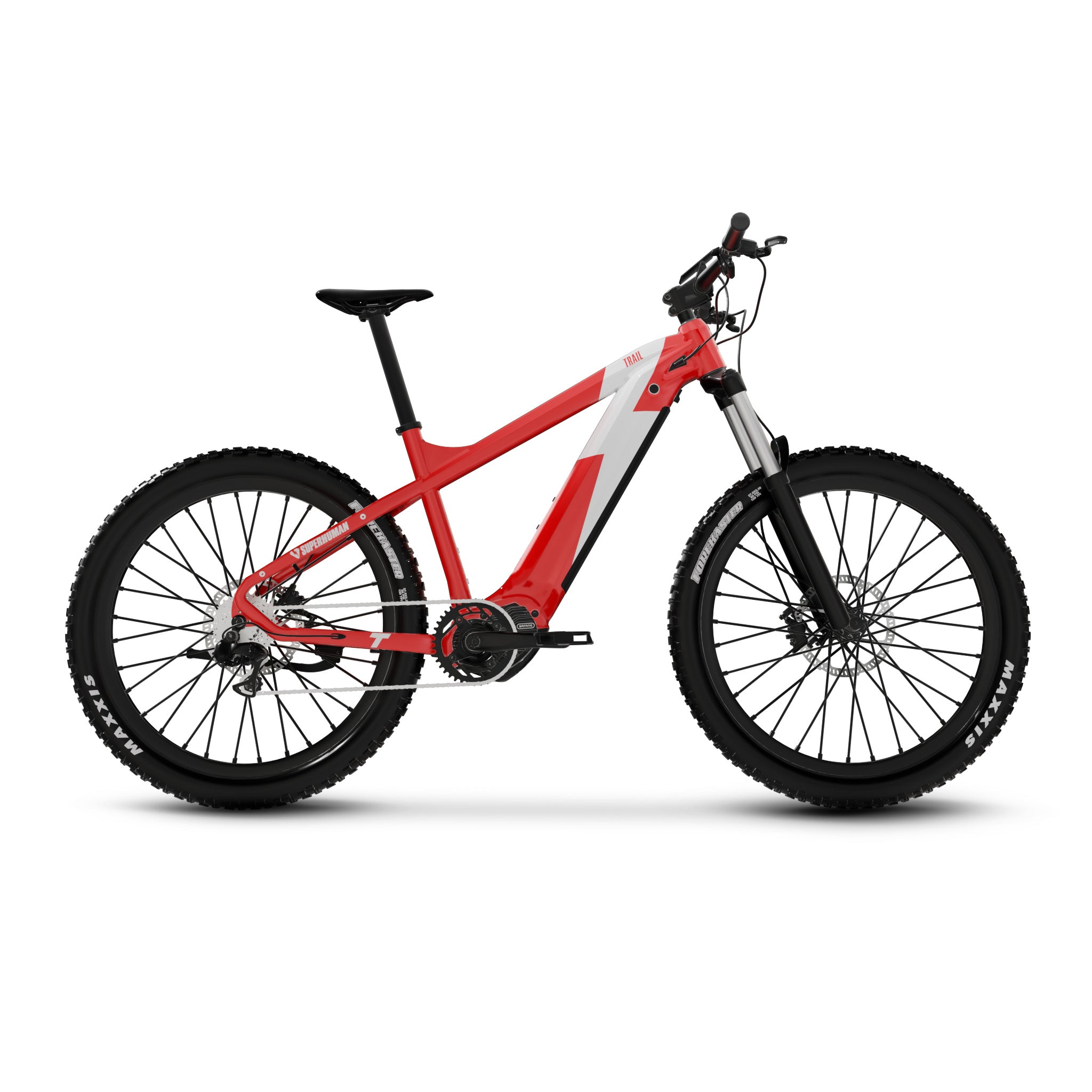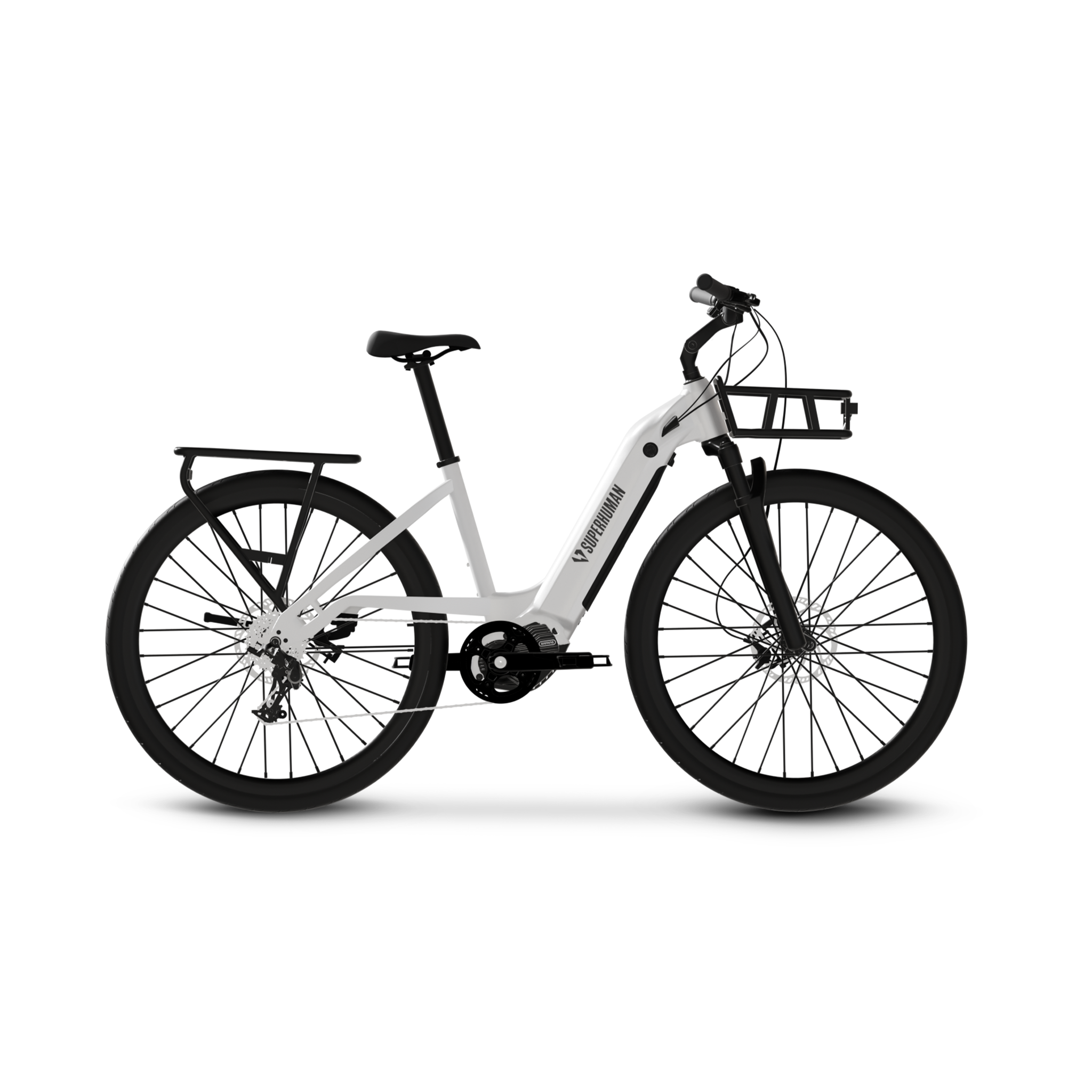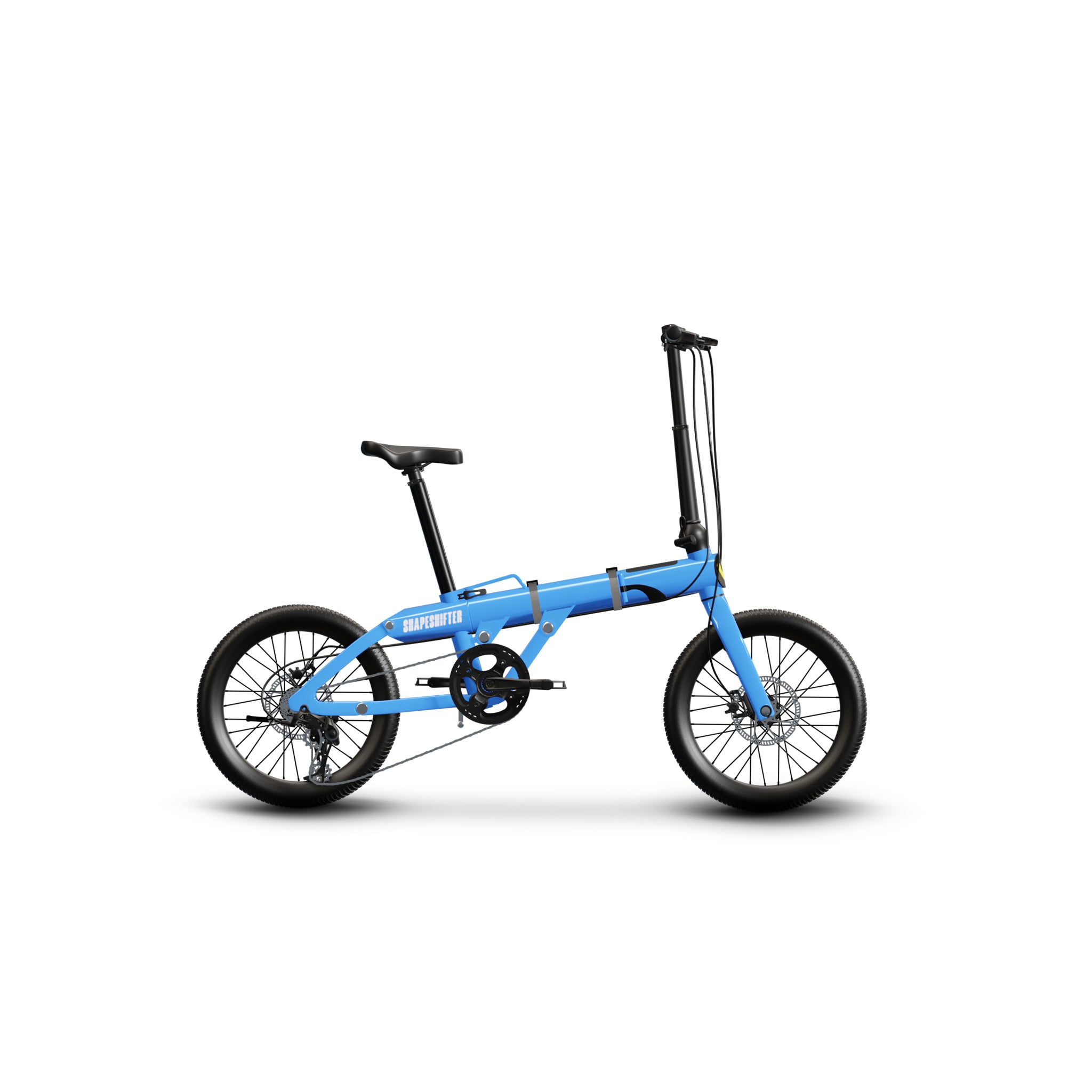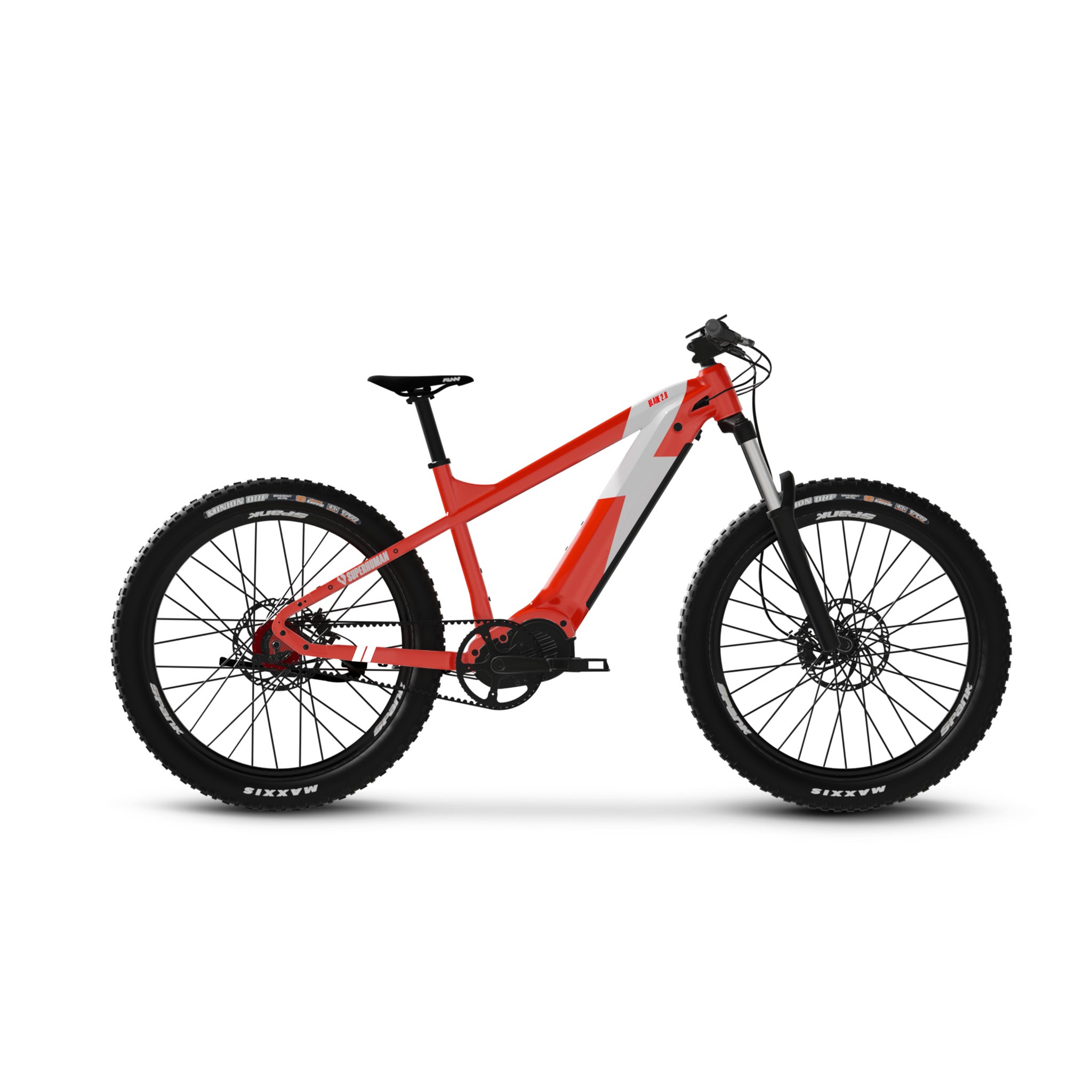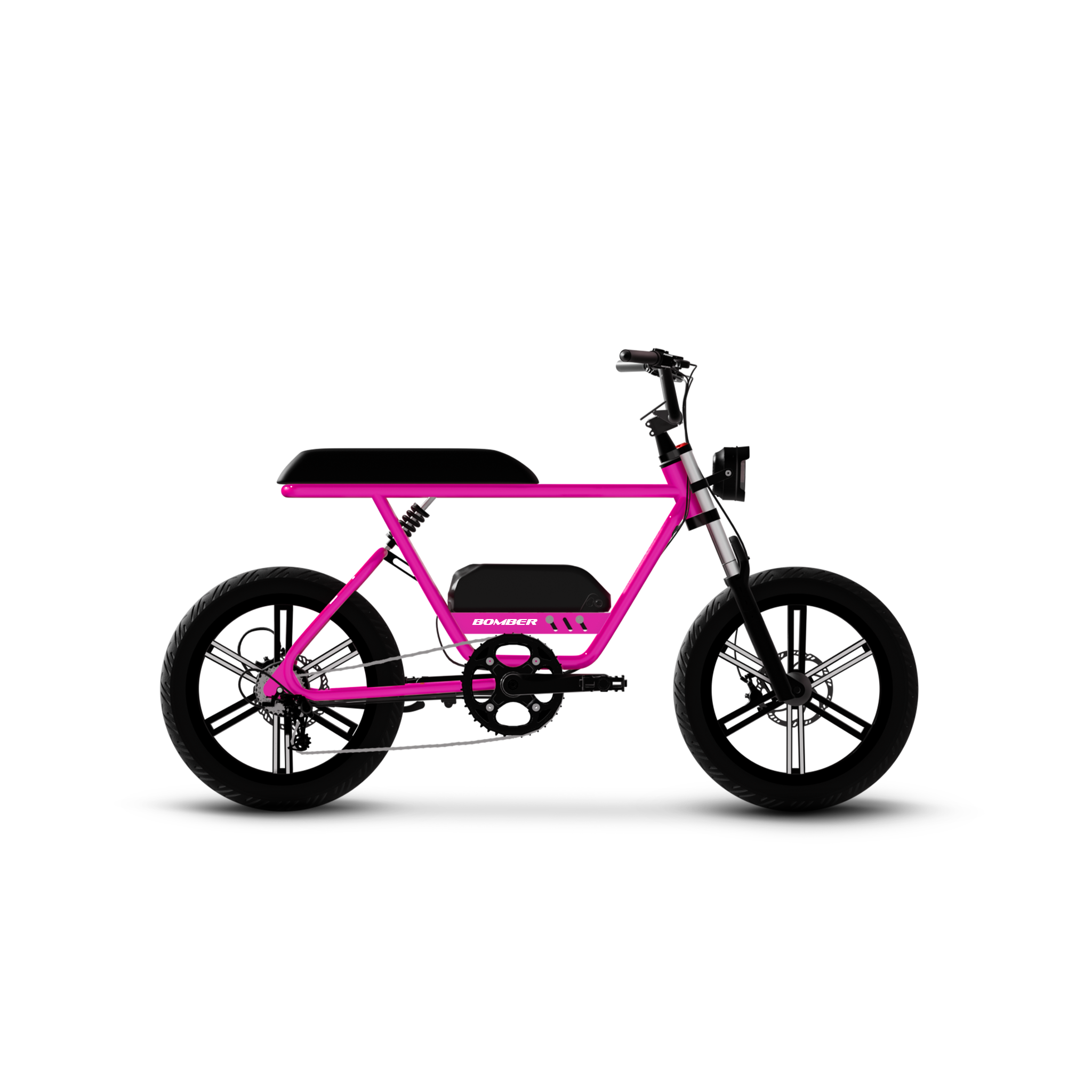Understanding E-Bike Laws & Smart Safety Tips
E-bike laws vary by state and even by city, but most follow a three-class system:
- ✅ Class 1: Pedal-assist only, up to 20 mph.
- ✅ Class 2: Throttle plus pedal-assist, up to 20 mph.
- ✅ Class 3: Pedal-assist only, up to 28 mph — helmet often required; some states limit where you can ride (e.g., no bike paths).
Pro tip: Always check local regulations before riding on trails, sidewalks, or multi-use paths — especially with a Class 2 or 3. When in doubt, look up your city’s bike ordinance or ask your local bike shop.
🦺 Smart Safety Tips for Everyday Riders
Riding an e-bike feels familiar — but the extra speed and weight mean you need to level up your habits:
✅ Wear a helmet — always.
- Higher speeds mean more impact energy if you fall. Consider a helmet rated for higher-speed e-bike use.
✅ Brake sooner than you would on a regular bike.
- E-bikes are heavier and take longer to stop, especially on downhills or wet roads.
✅ Use lights day and night.
- Many e-bikes come with built-in lights. Keep them clean and charged, and add a bright rear flasher for max visibility.
✅ Stay aware of your speed around pedestrians.
- Ease off the throttle when passing walkers or riding on shared paths.
✅ Lock it up well.
- E-bikes are a bigger theft target than regular bikes. Use a sturdy U-lock and a secondary cable to secure wheels and accessories.
✅ Practice your power.
- Take a few rides in a safe area to get used to how the motor kicks in — especially starting on hills or tight turns.
Superhuman Bikes
Power
Top Speed
Range
Weight
Power
Top Speed
Range
Weight
Peak Power
Top Speed
Range
Weight
Power
Top Speed
Range
Weight
Power
Top Speed
Range
Weight
Power
Top Speed
Range
Weight
Power
Top Speed
Range
Weight
Power
Top Speed
Range
Weight




